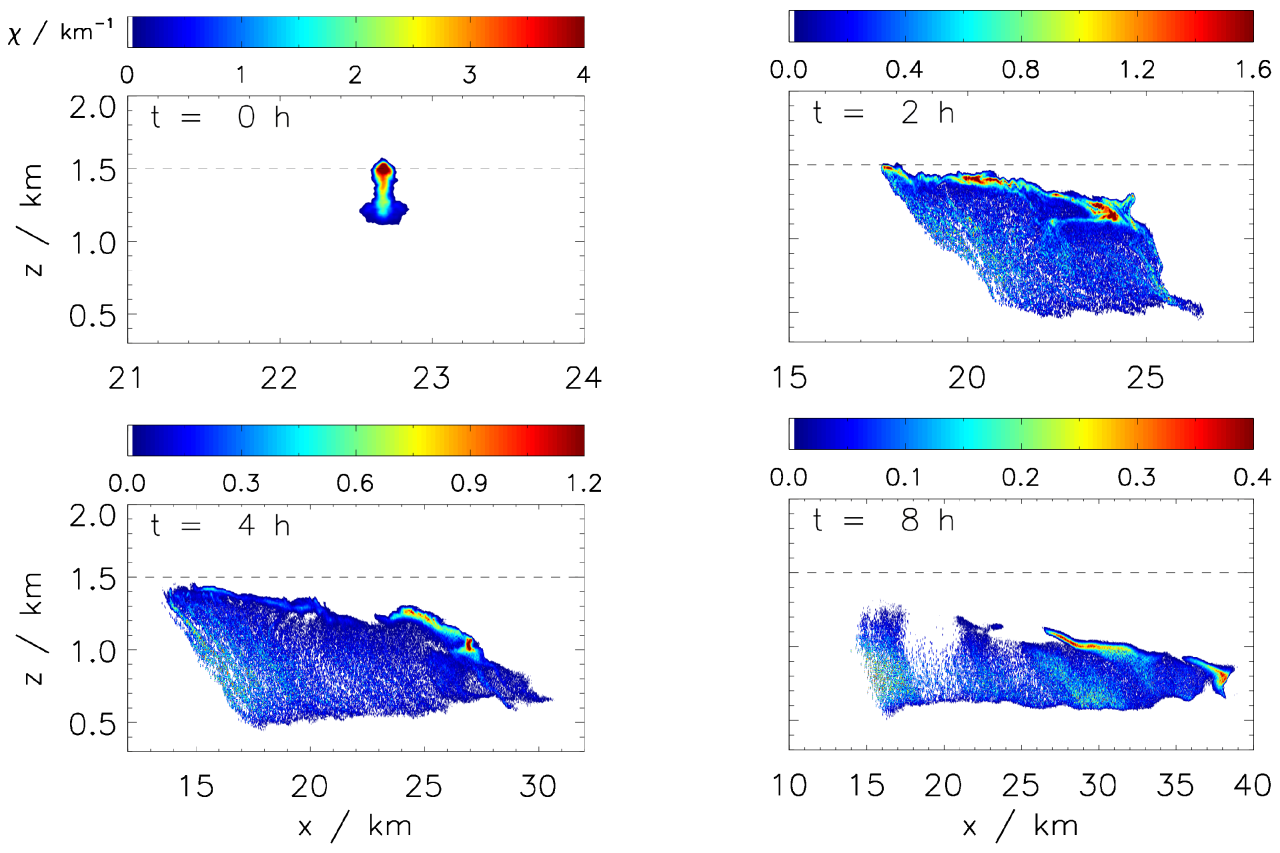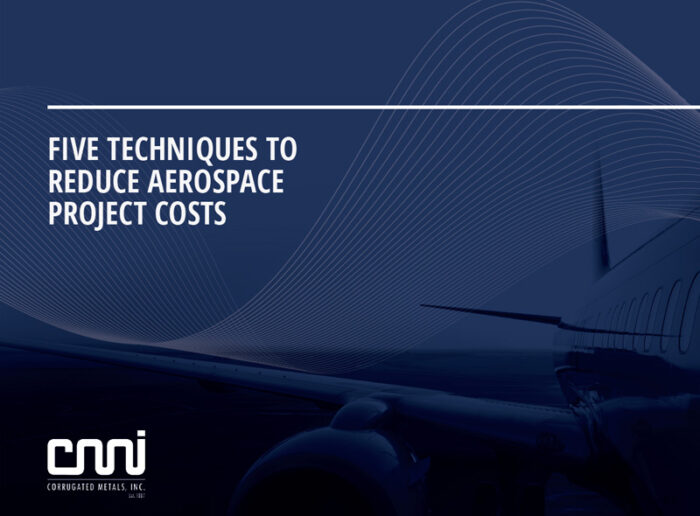Aerospace tech company issue contrail reduction credits – Aerospace tech companies issue contrail reduction credits, setting the stage for a fascinating new market focused on mitigating the environmental impact of air travel. These credits represent a unique approach to addressing climate change, offering a financial incentive for airlines and other aviation stakeholders to adopt technologies that reduce the formation of contrails, those persistent, wispy clouds that linger in the sky after aircraft pass.
Imagine a world where the skies are cleaner, with fewer contrails marring the view. This innovative approach to sustainability holds the potential to revolutionize the aviation industry, and it’s a topic worth exploring.
Contrail reduction credits are essentially tradable units that represent the reduction of contrail formation. Airlines can earn these credits by implementing contrail-reducing technologies, such as optimized flight paths, fuel-efficient engines, or even specialized contrail-reducing additives. These credits can then be traded on a market, allowing airlines to offset their emissions or invest in further sustainable initiatives.
The idea is to incentivize innovation and promote cleaner air travel by creating a financial reward for reducing contrail formation.
Contrail Reduction Credits

Contrail reduction credits represent a novel approach to mitigating the environmental impact of aviation, offering a market-based solution to reduce the formation of persistent contrails. These credits provide a financial incentive for airlines and aircraft manufacturers to invest in technologies and operational strategies that minimize contrail formation.
The Concept of Contrail Reduction Credits
Contrail reduction credits are a form of carbon offsetting, but specifically focused on the climate impact of contrails. These credits represent the reduction in radiative forcing, a measure of a substance’s ability to trap heat in the atmosphere, achieved by reducing contrail formation.
Mechanisms for Generating and Trading Contrail Reduction Credits
Airlines and aircraft manufacturers can generate contrail reduction credits by implementing various strategies, including:
- Optimizing flight routes to avoid areas prone to contrail formation.
- Adopting fuel-efficient aircraft designs and technologies.
- Utilizing advanced weather forecasting and avoidance systems.
- Implementing contrail-reducing engine modifications.
The generation and trading of contrail reduction credits could be facilitated through a regulatory framework, potentially involving:
- Establishment of a standard for quantifying contrail reduction.
- Creation of a registry to track the issuance and trading of credits.
- Development of a market mechanism for trading credits.
Impact of Contrail Reduction Credits on the Aerospace Industry
Contrail reduction credits could significantly impact the aerospace industry by:
- Driving innovation in contrail mitigation technologies.
- Promoting the development of sustainable aviation practices.
- Creating new revenue streams for airlines and aircraft manufacturers.
- Encouraging collaboration between industry stakeholders and researchers.
For instance, the potential for generating revenue from contrail reduction credits could incentivize airlines to invest in technologies that reduce contrail formation, such as fuel-efficient engines or advanced flight planning systems. This could lead to a significant reduction in the climate impact of aviation.
Technological Innovations for Contrail Reduction
Contrails, the white streaks left behind by aircraft, are a significant contributor to climate change. These persistent clouds trap heat in the atmosphere, contributing to global warming. Fortunately, technological advancements are paving the way for reducing contrail formation and mitigating their impact.
Contrail Reduction Technologies, Aerospace tech company issue contrail reduction credits
Reducing contrail formation involves various technological approaches that aim to minimize the conditions necessary for their creation. These technologies can be categorized into three primary groups:
- Flight Optimization:This approach focuses on modifying flight paths and altitudes to minimize the formation of contrails. It involves strategies like:
- Optimized Routing:Utilizing advanced algorithms and data analysis, airlines can identify flight paths that minimize contrail formation by avoiding areas prone to contrail formation.
Obtain access to beginners guide valuing selling app to private resources that are additional.
- Altitude Adjustments:Adjusting flight altitudes to avoid atmospheric conditions favorable for contrail formation, such as specific temperature and humidity levels.
- Optimized Routing:Utilizing advanced algorithms and data analysis, airlines can identify flight paths that minimize contrail formation by avoiding areas prone to contrail formation.
- Engine Modifications:Modifying aircraft engines to reduce emissions that contribute to contrail formation. These strategies include:
- Reduced Soot Emissions:Implementing technologies to minimize soot particles released from engines, which are essential for contrail formation. This can be achieved through cleaner fuels and engine design improvements.
- Water Vapor Reduction:Reducing the amount of water vapor emitted from engines. This can be accomplished through modifications that enhance combustion efficiency and minimize water vapor content in the exhaust.
- Contrail Dispersal:Utilizing techniques to directly disperse existing contrails or prevent their formation. These approaches include:
- Laser-Based Contrail Dispersal:Employing lasers to heat and disrupt existing contrails, causing them to dissipate more quickly.
- Contrail Seeding:Introducing particles into the atmosphere that can alter the formation and persistence of contrails. This can involve dispersing ice crystals or other substances that promote the formation of smaller, less persistent ice crystals.
Advantages and Disadvantages of Contrail Reduction Technologies
Each contrail reduction technology offers distinct advantages and disadvantages, which must be carefully considered for effective implementation:
| Technology | Advantages | Disadvantages |
|---|---|---|
| Flight Optimization | Cost-effective, relatively easy to implement, minimal environmental impact. | Limited effectiveness in regions with high contrail formation potential, requires significant data analysis and coordination. |
| Engine Modifications | Significant reduction in contrail formation, potential for broader environmental benefits (reduced emissions). | High development costs, requires widespread adoption across the aviation industry. |
| Contrail Dispersal | Direct impact on existing contrails, potential for rapid reduction in contrail coverage. | High technological complexity, potential for unintended environmental consequences, requires further research and development. |
Case Studies of Contrail Reduction Technologies
Several successful case studies demonstrate the real-world impact of contrail reduction technologies:
- Optimized Routing:Airlines like KLM and Lufthansa have implemented optimized routing strategies that have led to significant reductions in contrail formation, particularly in regions with high contrail formation potential.
- Engine Modifications:The development of cleaner-burning jet engines has resulted in a reduction in soot emissions, contributing to a decrease in contrail formation. For example, the GE90 engine, used on Boeing 777 aircraft, has significantly reduced soot emissions compared to earlier engine models.
- Contrail Seeding:While still in the research and development phase, contrail seeding techniques have shown promising results in laboratory settings and small-scale field trials. These trials have demonstrated the potential for reducing contrail persistence and coverage.
The Role of Aerospace Tech Companies: Aerospace Tech Company Issue Contrail Reduction Credits

Aerospace tech companies play a crucial role in developing and implementing technologies that can reduce contrails, a key contributor to climate change. They are at the forefront of innovation, bringing forth solutions that can mitigate the impact of aviation on the environment.
Challenges and Opportunities
Aerospace tech companies face both challenges and opportunities in the contrail reduction credit market. The market is still nascent, with significant potential for growth. The challenge lies in developing and deploying technologies that are effective, affordable, and scalable.
- Technical challenges: Developing technologies that can effectively reduce contrails without compromising aircraft performance or safety is a complex technical challenge. The technologies need to be able to manipulate the atmospheric conditions that lead to contrail formation, which can vary significantly depending on altitude, temperature, and humidity.
- Economic challenges: The cost of developing and deploying contrail reduction technologies can be high. Companies need to find ways to make these technologies economically viable for airlines and other stakeholders.
- Regulatory challenges: The regulatory landscape for contrail reduction technologies is still evolving. Companies need to work with regulatory bodies to ensure that their technologies meet safety and environmental standards.
Business Models and Partnerships
Aerospace tech companies are exploring various business models and partnerships to commercialize their contrail reduction technologies. These models include:
- Direct sales: Companies can sell their contrail reduction technologies directly to airlines or other aircraft operators.
- Licensing agreements: Companies can license their technologies to other companies that develop and manufacture aircraft or aviation equipment.
- Joint ventures: Companies can form joint ventures with airlines, aircraft manufacturers, or other stakeholders to develop and deploy contrail reduction technologies.
- Contrail reduction credit markets: Companies can participate in emerging markets for contrail reduction credits, selling credits to companies or organizations that want to offset their emissions.
Examples of Contrail Reduction Technologies
Examples of contrail reduction technologies that aerospace tech companies are developing include:
- Contrail avoidance technologies: These technologies use advanced algorithms and sensors to predict and avoid contrail formation by adjusting flight paths or altitudes.
- Contrail modification technologies: These technologies aim to alter the physical properties of contrails, such as their size or density, to reduce their radiative impact. This can be achieved through techniques like injecting water vapor or aerosols into the contrail.
- Contrail mitigation technologies: These technologies focus on reducing the overall emissions of aircraft, which can indirectly contribute to fewer contrails. Examples include developing more fuel-efficient engines or using alternative fuels.
Economic and Environmental Impacts

Contrail reduction credits hold the potential to reshape the aerospace industry, creating a new market for environmental responsibility and technological innovation. By incentivizing the development and adoption of contrail-reducing technologies, these credits can drive economic growth while mitigating the environmental impact of air travel.
Economic Benefits
Contrail reduction credits offer a unique opportunity for economic growth. They create a new market for innovative technologies, attracting investments and fostering research and development in the aerospace sector.
- Revenue Generation:Airlines and other aviation stakeholders can generate revenue by selling credits to companies or individuals seeking to offset their carbon footprint. This creates a new source of income, encouraging them to invest in contrail reduction technologies.
- Investment Opportunities:The demand for contrail reduction technologies creates attractive investment opportunities for venture capitalists, private equity firms, and other investors. This influx of capital can fuel the development and deployment of innovative solutions.
- Job Creation:The development, manufacturing, and deployment of contrail reduction technologies will create new jobs in the aerospace industry, contributing to economic growth and employment opportunities.
Environmental Impact
The environmental impact of contrail reduction is significant, as it directly addresses a key contributor to climate change and air pollution.
- Climate Change Mitigation:Contrails contribute to global warming by trapping heat in the atmosphere. Reducing contrail formation can directly mitigate this impact, contributing to efforts to limit global temperature rise.
- Air Pollution Reduction:Contrails can also contribute to air pollution by releasing particulate matter and other pollutants into the atmosphere. Reducing contrail formation can improve air quality, particularly in regions with high air traffic density.





